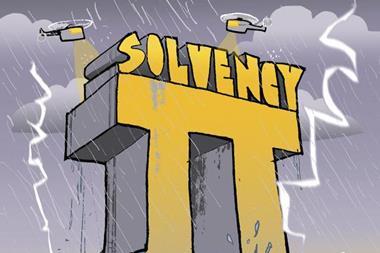Around one in ten European insurers would not have enough capital to survive a severe macroeconomic deterioration, the latest stress test of the industry shows.
Thirteen companies and groups which took part in the latest stress test carried out by European Insurance and Occupational Pensions Authority (Eiopa), do not meet their future Solvency II Minimum Capital Requirements (MCR) in the advent of a severe deterioration in the main macroeconomic variables. This figure accounts for 10% of the participants in the exercise.
Ten companies and groups, making up 8% of participants, failed to meet the MCR if increased inflation forces central banks to rapidly increase interest rates.
But Eiopa said the results were good. It said: “The results of this stress test indicate that overall the European insurance market is well prepared for potential future shocks as tested in this exercise.”
European insurers, which participated in the stress test showed an aggregate solvency surplus of €425bn, which shrunk to €275bn when the adverse scenario is applied and to €367bn in the increased inflation scenario.
The insurance groups and companies which did not meet the MCR threshold showed a solvency deficit of €4.4bn in the event of the adverse scenario €2.5bn if the inflation scenario were to materialise.
Eiopa identifies the main drivers of the results as being adverse developments in equity prices, interest rates and sovereign debt markets. On the liability side, non-life risks are more critical, triggered by increased claims inflation and natural disasters.
The companies, which included 58 cross-national groups, taking part in the exercise accounted for 60% of the European insurance market.
Hosted by comedian and actor Tom Allen, 34 Gold, 23 Silver and 22 Bronze awards were handed out across an amazing 34 categories recognising brilliance and innovation right across the breadth of UK general insurance.














































No comments yet